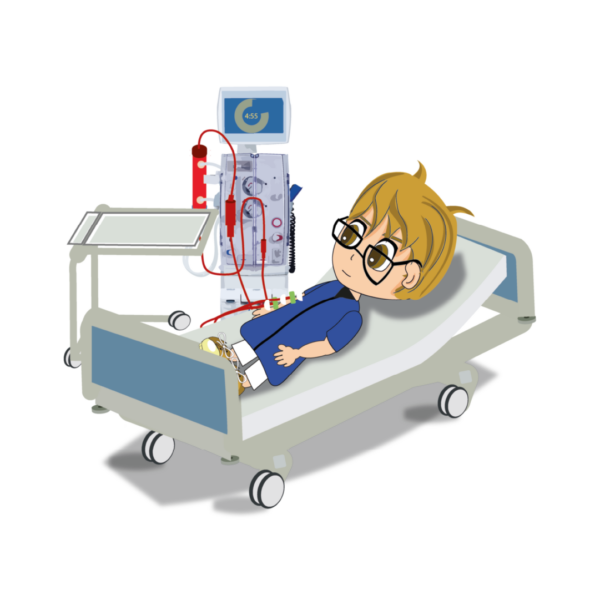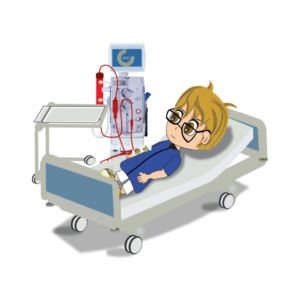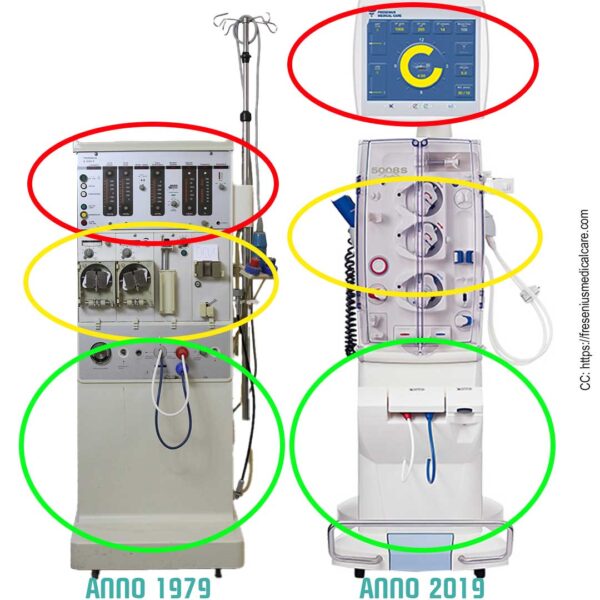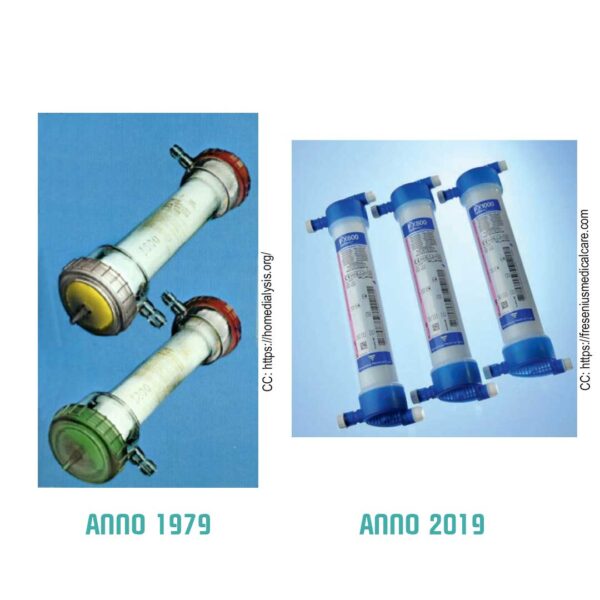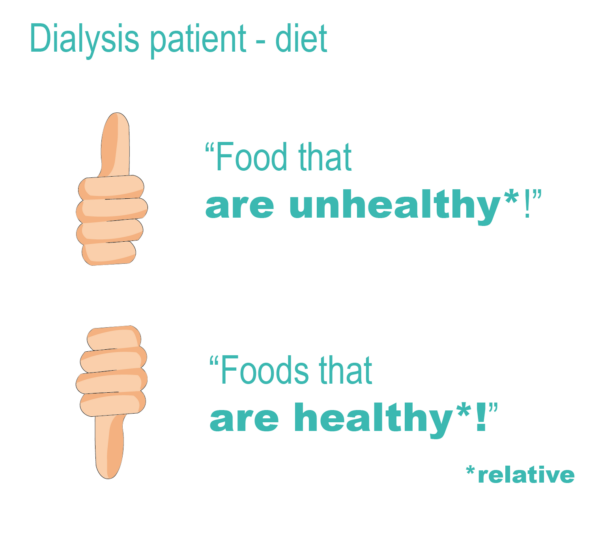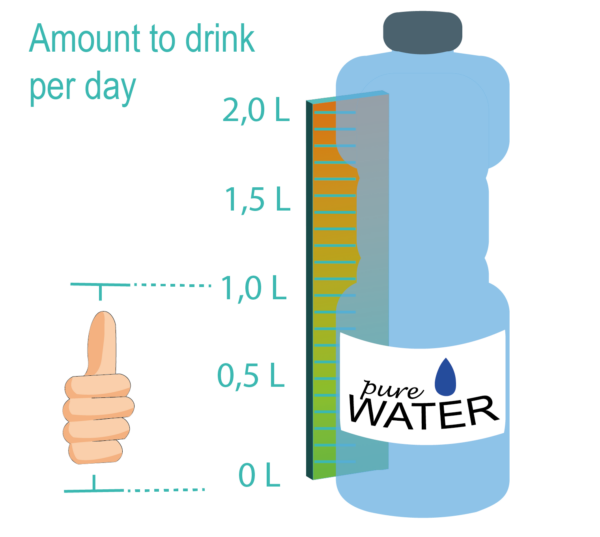Because here only a small number of DAX-listed companies (some for over 20 years in a row) dictate supply and demand, dominate the market, so to speak, and do not promote and develop innovation. The fact that it is highly economized is confirmed by countless professionals here: “The kidney patient: Between well-being and economization” and here: “Home hemodialysis – Current aspects and changes in kidney replacement therapy“.
All the industries (the 12 largest dialysis therapy providers worldwide with sales of 110 billion dollars) that have formed around these therapeutic procedures are also dictated or managed by you. There is, so to speak, no competition when only three large HD dialysis machine manufacturers worldwide share the market among themselves. See these statistics or Google – search for Fresenius, Baxter and Braun in combination with dialysis. There are other manufacturers, but they are not as successful as the three FBBs.
So there is no need for innovation, or they can suppress it (buy it up and then let it disappear in their drawer) if there is news in research or innovations in this direction.
Of course, this industry is also so powerful because it represents a win-win situation for the economies of the respective countries because of the large number of people and materials in circulation.
It is of course great that this therapy procedure has been optimized to such an extent that it is offered almost everywhere in the world, so that it does not even restrict the freedom of travel, as some argue.
Of course, the dialysis patient is subject to restrictions during this therapy period: food and drink restrictions (Figure 3 and Figure 4), which would absolutely not be recommended for a healthy person.
You can find these in abundance on the internet. (Many of these are offered “on a foundation basis” (information offered in glossy brochures, e.g. here, here or here) by third-party suppliers/even these accessory companies of the above dialysis therapy providers with advertising slogans such as “Made to measure instead of mass“! (Win-win and you can also call it a “self-satisfying do-gooder show”!).
It is even process-optimized to the point that almost no medical professional is needed if the patient has stable cardiovascular system and is self-determinedly active: it can be carried out at home if the options are available.
Since this therapy is also offered to older patients (over 80%) who do not have the opportunity to receive a kidney transplant, it does not have a high sentiment value in society.
Many people with kidney disease who are dependent on dialysis at a late age due to their secondary illnesses such as diabetes and high blood pressure are absolutely satisfied and grateful that this therapy even exists. Understandable.
This becomes particularly clear in the fact that in some social networks (Facebook with 1000-5000 subscribers) they actively glorify this process optimization and portray transplant medicine poorly, with arguments that scare people about the development of tumors through immunosuppression.
Some of these networks have people with fake accounts who do lobbying and mislead people.
The young patients suffer from this gratitude of the excessive passion for technology, some of whom have been stuck on this therapy for years (8-11 years waiting time on dialysis before a kidney transplant occurs).
Because of this gratitude, this topic has no sentimental value, and satisfaction with what the DAX companies are offering, and the unwillingness to increase the number of organ donations in health policy, also makes innovation or change in this area more difficult.
In Spain there is no “long-term dialysis” (Germany: 8-11 years until a kidney transplant). Average waiting time in Spain: 8-12 months. See data and facts. There are simply no accompanying illnesses caused by long-term dialysis to the extent that they are in Germany.
There, the earliest possible transplant brings a win-win situation. More is being done for people instead of for the economy, which is why the objection regulation in transplant medicine is practiced there.
Spain’s health policy in transplant medicine is a prime example of humanity!
Suffering is a relative feeling. Politicians can feel this based on the statistics, which don’t exist, and justify it according to the populist basic rules and principles of their parties and only then do something about it or not.
But how do you justify three dead waiting patients every day in Germany based on the statement of freedom and the right to self-determination in causa contradiction regulations in transplant medicine, where there are none?
THE WARTEPATIENT
